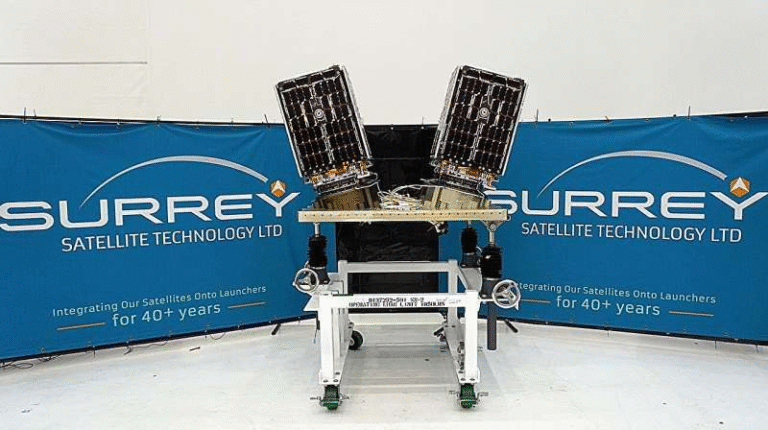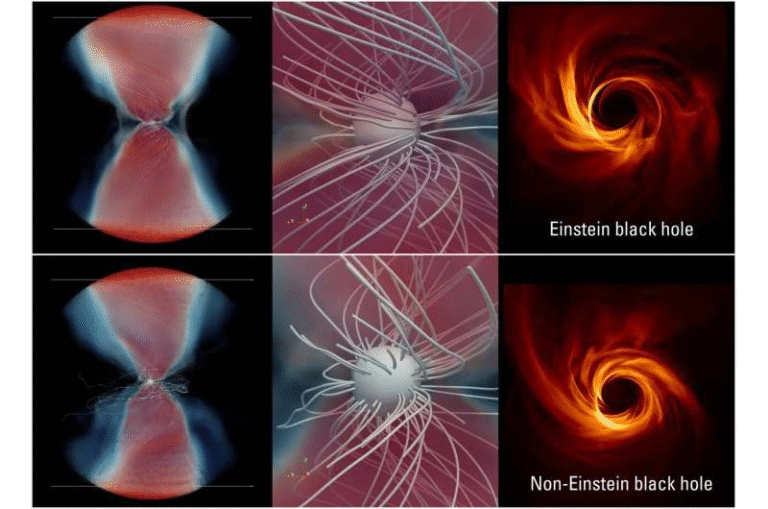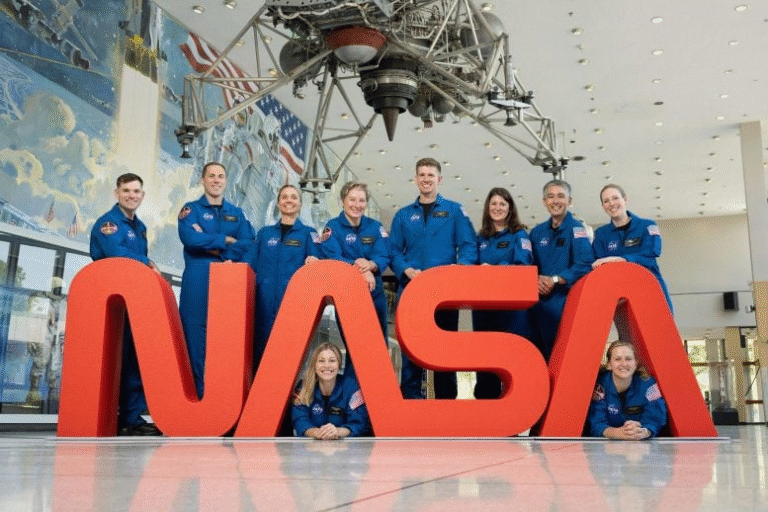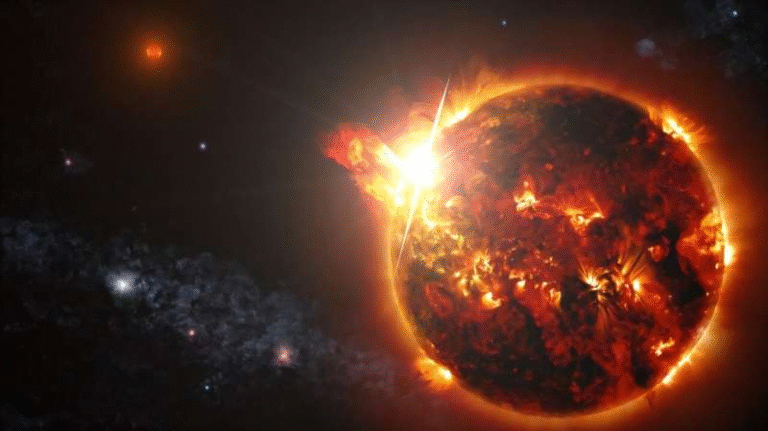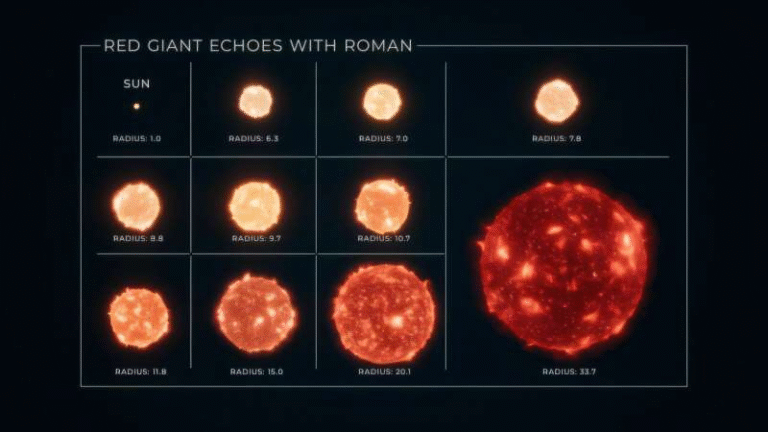4MOST Telescope Achieves First Light, Opening a New Era for Southern Sky Exploration

A powerful new eye on the cosmos has officially opened for business. The 4MOST (4-meter Multi-Object Spectroscopic Telescope), mounted on the European Southern Observatory’s VISTA telescope in Chile, has captured its first light—the moment when a telescope observes the universe for the first time. This milestone, achieved on October 18, 2025, marks the beginning of one of the most ambitious spectroscopic sky surveys ever attempted.
What Makes 4MOST Different
Unlike ordinary telescopes that take photographs, 4MOST records the spectra—the detailed colors—of thousands of celestial objects at once. Spectroscopy is one of astronomy’s most powerful tools. By splitting light into its component wavelengths, scientists can determine an object’s temperature, composition, motion, and distance. It’s like fingerprinting the universe, one star at a time.
4MOST uses 2,436 optical fibers, each thinner than a human hair, to collect light from stars and galaxies across a massive field of view. That light is fed into three spectrographs, which separate it into red, green, and blue components and further refine it into about 18,000 distinct color channels. This setup gives 4MOST an extraordinary ability to study the fine details of cosmic light.
Each fiber can be repositioned in under two minutes, allowing 4MOST to move rapidly from one set of targets to another. That efficiency means it can observe thousands of objects every 10–20 minutes, and over time, build an enormous database of information about the southern sky.
An International Effort Years in the Making
The 4MOST project has been more than a decade in development, led by the Leibniz Institute for Astrophysics Potsdam (AIP) in Germany and involving around 30 universities and research institutes across Europe and Australia. Over 700 scientists are contributing to the mission, spread across 25 major science programs.
The European Southern Observatory (ESO) operates the system at its Paranal Observatory in Chile—home to some of the clearest and driest skies on Earth. The telescope’s data management and processing are handled by the University of Cambridge’s Institute of Astronomy, which runs a sophisticated data pipeline to convert raw spectral data into usable scientific information. Once processed, the data will be distributed by AIP and ESO to the global astronomy community.
First Targets: Sculptor Galaxy and NGC 288
For its first observation, 4MOST pointed toward two fascinating cosmic landmarks. The Sculptor Galaxy (NGC 253), located about 11.5 million light-years away, is a star-forming spiral galaxy and one of the brightest in the southern sky. The telescope also studied NGC 288, a globular cluster containing roughly 100,000 ancient stars near the edge of the Milky Way. These initial targets demonstrated the telescope’s capacity to capture light from both nearby and distant celestial objects in a single wide view.
Technical Powerhouse on the VISTA Telescope
4MOST is mounted on VISTA (Visible and Infrared Survey Telescope for Astronomy), a 4.1-meter telescope already known for its wide-field imaging capabilities. Engineers equipped VISTA with a new one-meter-wide optical corrector camera, which gives 4MOST one of the largest fields of view in the world for a spectroscopic instrument—about 4.2 square degrees per exposure.
The telescope’s design allows it to survey vast portions of the sky repeatedly. Over its planned 15-year mission, it will collect data from tens of millions of stars, galaxies, and quasars, creating an unparalleled map of the cosmos. Each piece of light captured carries valuable information about how the Milky Way formed, how galaxies evolve, and how mysterious forces like dark matter and dark energy shape the universe.
The Science Behind Spectroscopy
To appreciate what makes 4MOST so powerful, it helps to understand why spectroscopy matters. When light passes through a prism (or, in this case, a spectrograph), it spreads into a rainbow of colors. Within that rainbow, dark lines appear—these are absorption lines caused by elements in the star or galaxy that absorb certain wavelengths of light. Each element leaves a unique pattern, so astronomers can determine what the object is made of.
Spectroscopy also measures motion. Because of the Doppler effect, light from an object moving away from us shifts toward the red end of the spectrum, while light from an object moving closer shifts toward the blue. By studying these shifts, astronomers can calculate how fast galaxies are expanding, or how stars orbit inside the Milky Way.
Unlocking Cosmic Questions
The science programs running on 4MOST aim to tackle some of the biggest questions in astrophysics:
- How did the Milky Way form and evolve? By studying millions of stars across different regions, 4MOST can trace the galaxy’s structure and chemical history.
- How do galaxies grow and interact? Large surveys will map galaxy clusters and cosmic filaments, revealing how matter is distributed on the largest scales.
- What role does dark energy play? Observing the redshifts of millions of galaxies will help refine our understanding of the universe’s accelerated expansion.
- What happens when stars die? Specialized surveys like the Time Domain Extragalactic Survey (TiDES) will capture brief events like supernovae, gamma-ray bursts, and tidal disruptions, where stars are torn apart by black holes.
Data and Collaboration at Scale
The telescope’s data flow system is one of the most advanced ever built for a ground-based observatory. Every night, terabytes of raw data are transferred from Chile to Cambridge, processed automatically, and then sent to scientific teams worldwide. This seamless pipeline allows researchers to get usable data quickly, without the usual delays of manual calibration and processing.
4MOST’s design also makes it uniquely collaborative. Since its 2,400 fibers can be allocated to different science programs simultaneously, several teams can share observation time on the same night. This efficiency ensures that every minute under the clear Chilean sky is used to its fullest.
Why This Is a Big Deal for the Southern Hemisphere
Most large spectroscopic surveys in the past have been conducted from the Northern Hemisphere, such as the Sloan Digital Sky Survey (SDSS). 4MOST fills a major gap by focusing on the southern sky, home to many crucial astronomical targets like the Magellanic Clouds, the Galactic Center, and distant regions of the cosmic web that have never been mapped spectroscopically at this scale.
By combining wide coverage, high precision, and huge sample sizes, 4MOST will serve as a southern counterpart to northern surveys, creating a complete, all-sky view of the universe’s structure and history.
The Future of Astronomical Surveys
Over the next decade and a half, 4MOST is expected to revolutionize how astronomers collect and analyze data. Its results will complement data from space missions like Gaia and Euclid, adding a critical spectroscopic layer to the 3D map of the cosmos. The telescope’s long-term legacy will be a massive, open-access archive that scientists will continue to mine for decades, enabling discoveries that extend far beyond its original goals.
This “big data” approach to astronomy is becoming increasingly common, with 4MOST joining the ranks of next-generation facilities such as the Vera C. Rubin Observatory and the Square Kilometre Array. Together, these instruments will usher in an era where understanding the universe depends as much on data science as it does on optics.
A Window to the Southern Sky
The successful first light of 4MOST is not just a technical milestone—it’s the beginning of a new chapter in how humanity explores the cosmos. By capturing the colors, chemistry, and motion of millions of celestial objects, it will allow scientists to decode the story of the universe in unprecedented detail.
For anyone with an interest in space, this achievement is a reminder of what’s possible when global collaboration, cutting-edge engineering, and scientific curiosity come together. The southern sky just became a lot brighter.
Research Reference: ESO Announcement on 4MOST First Light – October 2025
